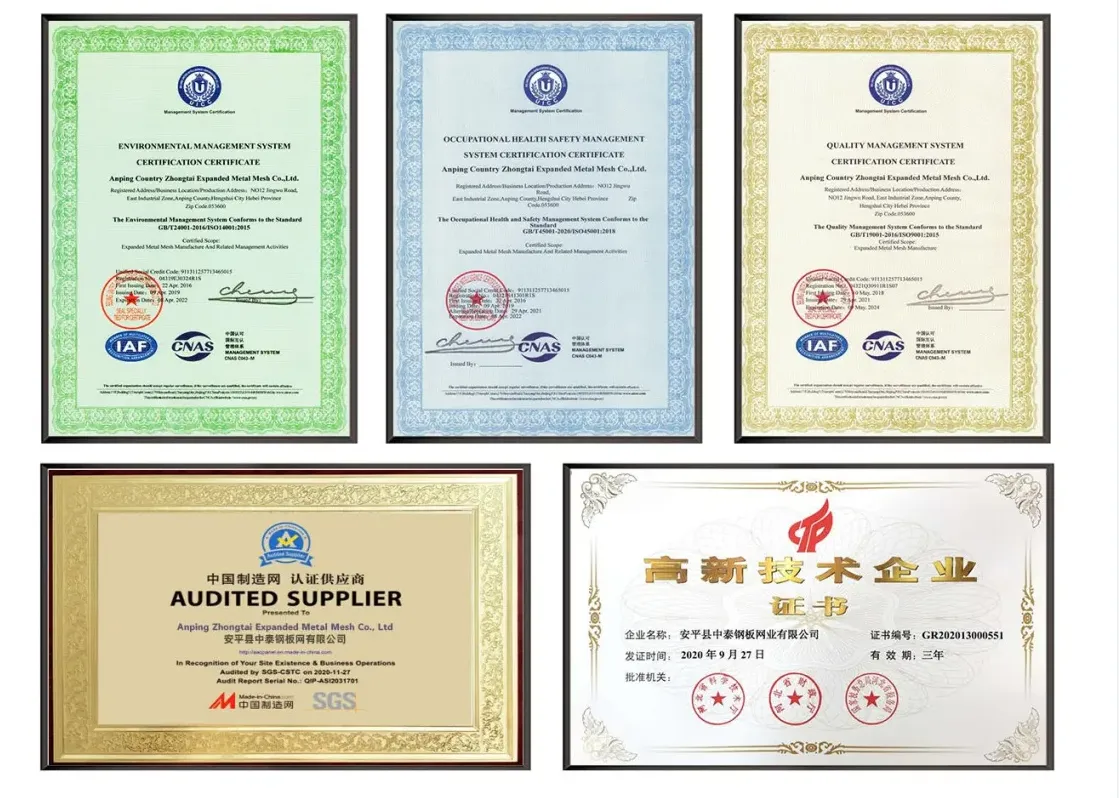The Economics of Noise Barriers A Study on Costs and Benefits
In an increasingly urbanized world, noise pollution has become a significant concern for city planners, residents, and governments alike. One of the most effective solutions to combat this issue is the construction of noise barriers. Designed to mitigate the impact of sound from roads, railways, and industrial areas, noise barriers can significantly improve the quality of life for those living in proximity to high-noise environments. However, the economics of noise barriers, particularly their pricing and overall value, is a multifaceted topic that warrants deeper exploration.
Understanding Noise Barriers
Noise barriers are typically constructed from materials such as concrete, wood, or specially designed sound-absorbing panels. Their primary function is to block or deflect sound waves, minimizing the noise that reaches residential areas. The effectiveness of a noise barrier is influenced by several factors, including its height, length, and the materials used.
The Cost of Implementation
When discussing the “noise barrier price,” one must consider several cost components. The initial construction costs can vary widely depending on the materials and technology used. On average, the cost can range from $20 to $50 per square foot. For a typical installation along a highway, this can amount to hundreds of thousands or even millions of dollars. In addition to construction, ongoing maintenance and potential upgrades to the barriers should also be considered as part of the lifetime investment.
Funding and Economic Incentives
noise barrier price

Funding noise barrier projects often involves a combination of local, state, and federal resources. Transportation agencies may allocate budgets specifically for noise mitigation strategies, particularly when new roadways or railway lines are developed. Moreover, additional funding can come from private sector investments, particularly in cases where noise barriers may protect valuable real estate investments or enhance property values.
Economic incentives such as tax credits or grants for municipalities committed to reducing noise pollution can further support the implementation of noise barriers. Policymakers need to consider how these financial incentives can make noise mitigation more feasible for communities that might otherwise struggle with the costs.
Analyzing the Value
Despite the high upfront costs associated with noise barriers, their value can be assessed through a variety of lenses. One major benefit is the improvement in property values in neighborhoods adjacent to noise-reducing barriers. Studies have shown that homes situated near highways without noise barriers tend to have lower market values compared to those with effective noise control solutions. This increase in property values can lead to higher property tax revenues, thus partially offsetting the costs of installation over time.
Moreover, the health benefits associated with reduced noise pollution are substantial. Chronic exposure to high noise levels has been linked to various health issues, including stress, sleep disturbances, and cardiovascular problems. By investing in noise barriers, municipalities can promote public health and reduce healthcare costs in the long run, making the initial investment more economically sound.
Conclusion
In conclusion, while the noise barrier price presents a significant initial financial hurdle, the long-term benefits—both economic and health-related—make it a worthwhile investment for many communities. As urban populations continue to grow and the challenges of noise pollution expand, the importance of effective noise mitigation strategies like noise barriers will only become more pronounced. By weighing the costs against the benefits, policymakers and community leaders can make informed decisions that ultimately enhance the quality of life for residents and promote sustainable urban development.
-
Turn Down the Noise: The Future of Highway Sound Barriers
NewsApr.09,2025
-
Silence the Sound: The Power of Highway Noise Barriers
NewsApr.09,2025
-
Reduce Road Noise Effectively with Highway Noise Barriers
NewsApr.09,2025
-
Noise-Free Living: How Highway Barriers Make a Difference
NewsApr.09,2025
-
Engineered for Silence: Highway Noise Barriers for Every Road
NewsApr.09,2025
-
Effective Noise Control: Highway Barriers for a Quieter Tomorrow
NewsApr.09,2025
Subscribe now!
Stay up to date with the latest on Fry Steeland industry news.

